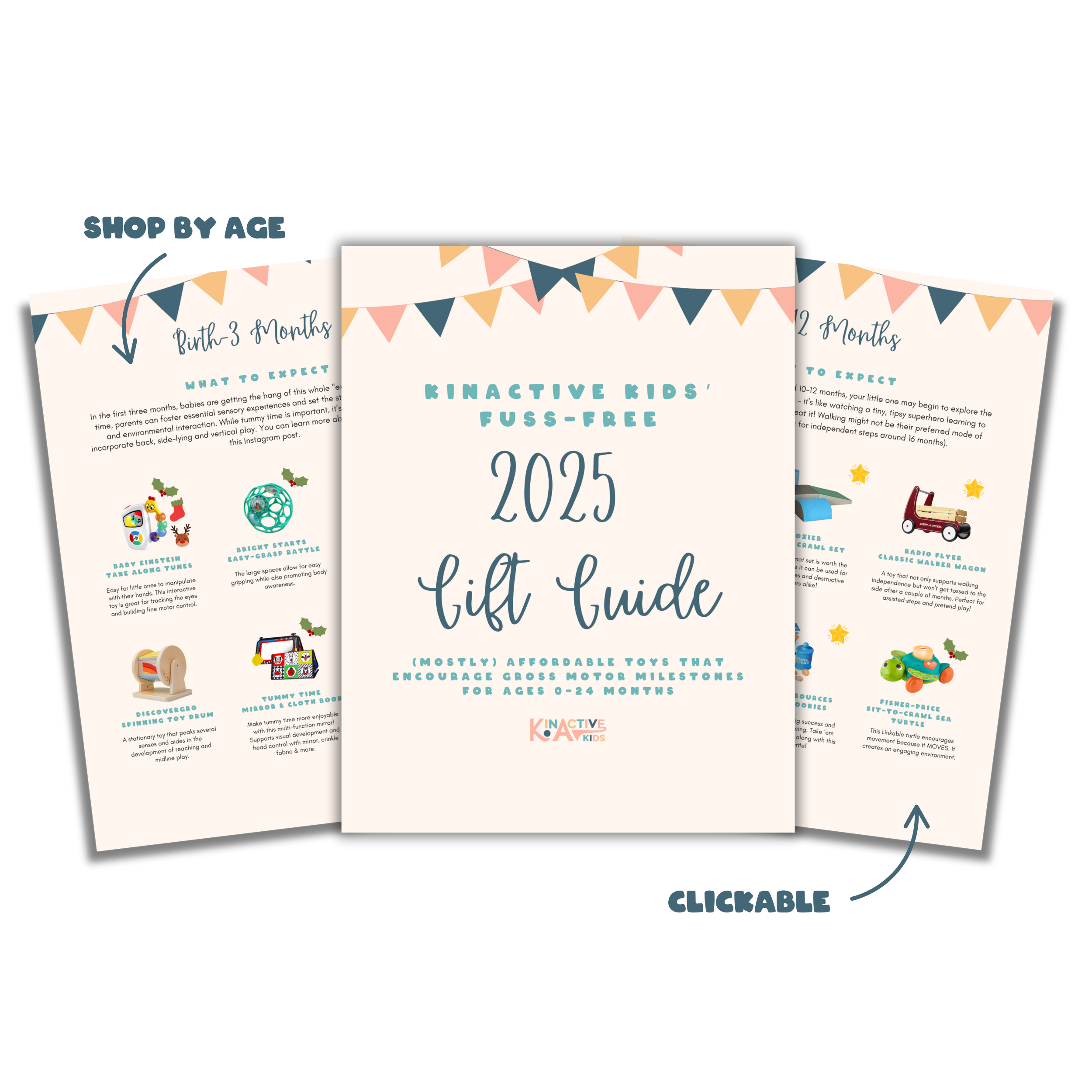Understanding Pediatric Orthotics: SMOs, AFOs, and Inserts—What’s Best for Your Child?
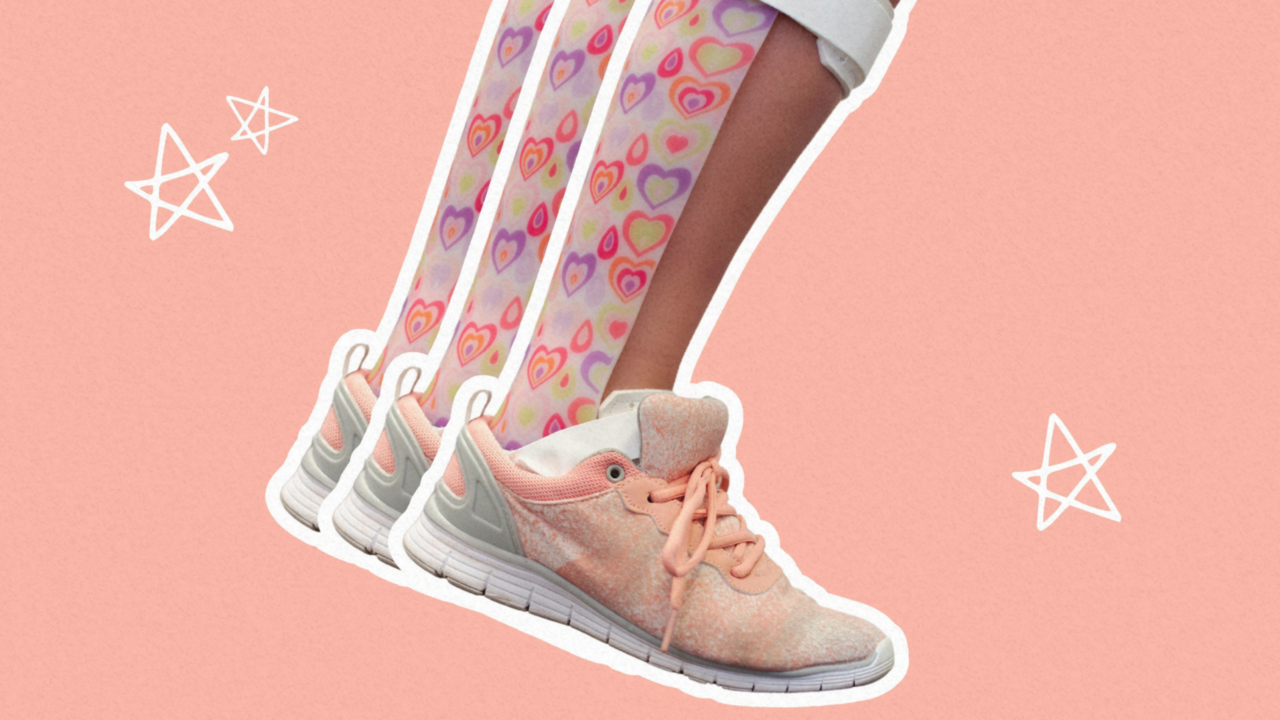
If you’re reading this, chances are you’re trying to figure out the best orthotic option for your kiddo—and I get it! As a pediatric physical therapist, I’ve seen firsthand how the right support can make a world of difference in a child’s comfort, mobility, and development. Whether your little one has flat feet, struggles with balance, or just needs a little extra support, finding the right orthotic can feel overwhelming. But don’t worry—I’m here to help break it down!
Let’s dive into the three most common types of pediatric orthotics—SMOs, AFOs, and inserts—so you can get a better idea of what might be the best fit for your child.
SMOs (Supramalleolar Orthotics)
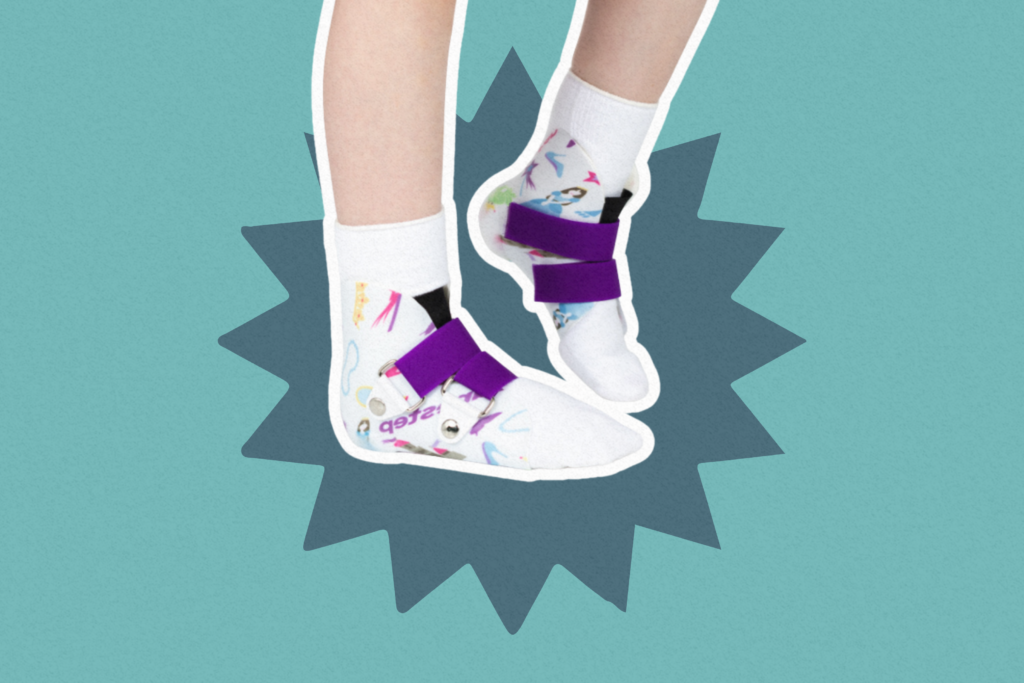
SMOs are designed for kids who need a little extra ankle support while still allowing natural foot movement. These orthotics wrap just above the ankle, providing stability without overly restricting mobility. They are especially beneficial for children with flat feet, pronation issues, hypotonia, or neurological conditions such as cerebral palsy.
Pros:
- Helps with ankle support, balance, and alignment.
- Allows for natural foot movement.
- Great for younger children still developing their walking skills.
Cons:
- Doesn’t provide as much ankle control as AFOs for more severe conditions.
- Can feel a bit bulky at first.
Who benefits most? Kids who need moderate support but still want to maintain a natural range of motion. If your child’s ankles tend to roll inward or they have muscle tone and coordination challenges, SMOs can be a game-changer.
AFOs (Ankle-Foot Orthotics)
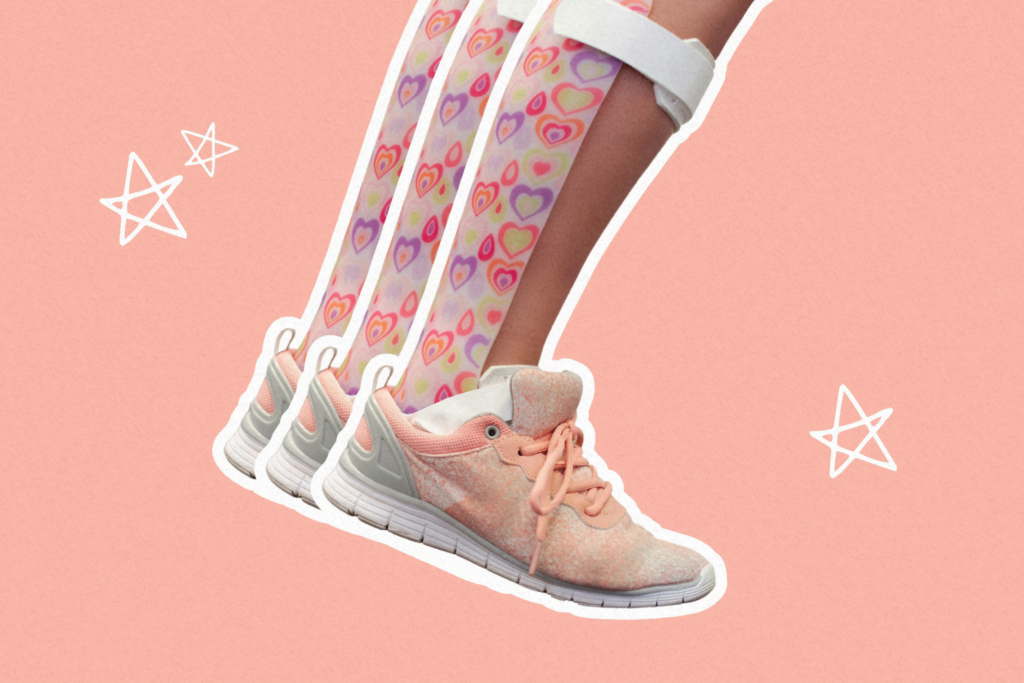
AFOs provide more extensive support, especially around the ankle and foot. These are ideal for kids with more significant challenges, such as severe flat feet, foot drop, or neurological and muscular conditions like spina bifida or muscular dystrophy. AFOs help limit excessive motion and improve overall alignment, making movement more stable and efficient.
Pros:
- Provides full ankle and foot support.
- Great for severe foot or ankle problems.
- Helps improve gait and alignment.
Cons:
- More rigid than SMOs and inserts, which can restrict movement.
- The most structured of the three, which can take some time to get used to
AFOs are commonly prescribed for children with muscular dystrophy or other conditions that cause significant instability. While they do restrict some movement, they provide essential support that can help children walk with better posture and less discomfort.
Inserts
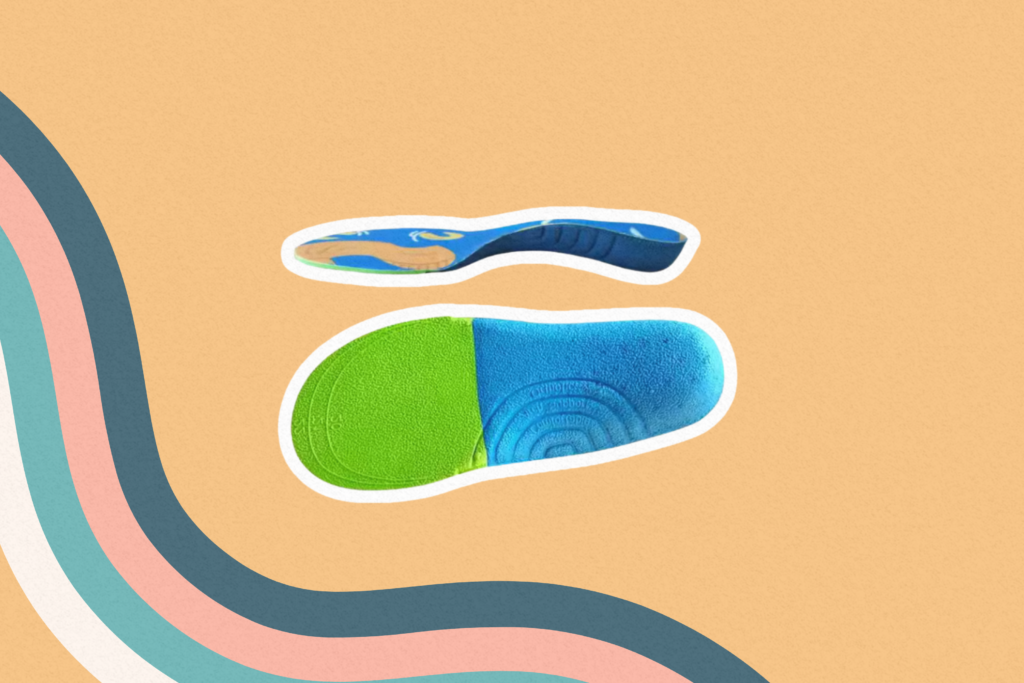
Inserts are the simplest and most affordable option. These go inside your child’s shoes to provide extra support, cushioning, and alignment. They’re perfect for kids with mild issues, like flat feet or discomfort during physical activities. While inserts don’t offer the same ankle support as SMOs or AFOs, they can still make a noticeable difference in your child’s comfort and endurance.
Pros:
- Easy to use and affordable.
- Provides extra cushioning and support.
- Ideal for active kids who need extra support during sports or running.
Cons:
- May not be enough for kids with more serious foot or gait issues (In-toeing, Out-toeing).
Who benefits most? Children who complain of foot pain or fatigue after a long day of activity. Inserts help improve alignment and distribute pressure more evenly, reducing strain on little feet and legs.
So, Which One Is Right for Your Child?
It’s always best to have your child assessed to determine their specific support needs. A properly fitted orthotic can make a world of difference in their comfort, development, and overall ability to move and play without pain. If you have any questions or need guidance on finding the right orthotic for your kiddo, don’t hesitate to reach out! A small change in support can lead to a big improvement in their quality of life!



